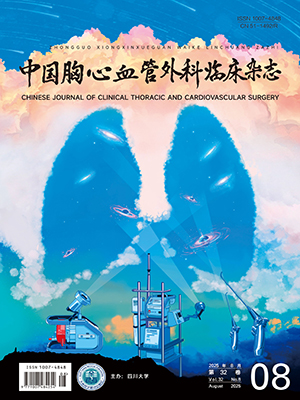Abstract: Objective To observe the expression changes of microRNA 1 (miRNA-1) and microRNA 21(miRNA-21) after ischemic preconditioning (IPC), ischemic postconditioning (IPO) and remote ischemic preconditioning (RIPC)in an ischemia-reperfusion rat heart model in vitro, as well as the expression of their target protein heat shock protein 70 (HSP70) and programmed cell death 4 (PDCD4), and evaluate whether miRNA are involved in endogenous cardio-protective mechanism. Methods The Langendorff-perfused Sprague-Dawley rat hearts were randomly assigned into one of the four groups, control group (CON group, n=12), ischemia preconditioning group (IPC group, n=12) , ischemia postconditioning group (IPO group, n=12) and remote ischemia preconditioning group (RIPC group,n=12). Cardiac function was digitalized and analyzed. The expression of HSP70, PDCD4, B-cell lymphoma/leukemia-2 (Bcl-2) and Bax was detected by Western blotting. The expression of miRNA-1 and miRNA-21 was detected by real-time reverse transcriotion-polymerase chain reaction (RT-PCR). Assessment of cardiac infarct size and myocardial apoptosis was determined using triphenyltetrazolium chloride (TTC) assay and terminal deoxynucleotidyl transferase-mediated dUTP-biotin nick end labeling assay (TUNEL) assay respectively. Results The expressions of miRNA-1 and miRNA-21 were up-regulated in IPC group, but the expression of miRNA-1 was down-regulated in RIPC group and IPO group (P<0.05). The expressionsof PDCD4, HSP70 and Bax were down-regulated in ‘conditioning’ groups compared with CON group (P<0.05). The expression of Bcl-2 was not statistically different among the four groups. The infarct size and the myocardial apoptosis in ‘conditioning’ hearts were significantly decreased compared with CON group (P<0.05). Conclusion The expressions of the miRNA-1 and miRNA-21 are different in IPC, RIPC and IPO groups, and their target proteins are not inversely correlated with the miRNAs in all the ‘conditioning’ groups.
Citation: DUAN Xin,WANG Xiaohua,JI Bingyang,LIU Jinping,LONG Cun.. Expression of MicroRNA-1, 21 in Ischemic Preconditioning, Ischemic Postconditioning and Remote Ischemic Preconditioning in an Isolated Rat Heart Model. Chinese Journal of Clinical Thoracic and Cardiovascular Surgery, 2012, 19(4): 402-406. doi: Copy
Copyright © the editorial department of Chinese Journal of Clinical Thoracic and Cardiovascular Surgery of West China Medical Publisher. All rights reserved




